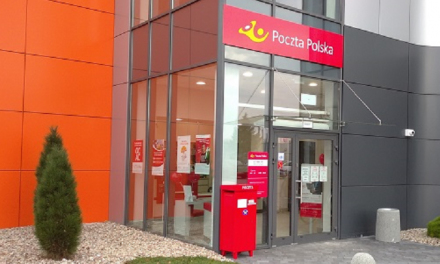
Postal operators must improve innovation management to remain competitive
Capgemini has launched the findings of a new study titled “Innovation Management in the Postal Industry – the Key for Business Transformation.” The twin challenges of the effects of the economic downturn and the rise in the popularity of e-mail as a preferred mode of communication have had a significant negative impact on postal operators worldwide.
Industry figures reveal that many are dealing with as much as 4% to 6% negative growth.
Compounding these issues is a perceived lack of real innovation by postal operators. In fact, these operators have launched more than 3,000 innovations over the past ten years.
However, Capgemini says this is little recognised by consumers given that, as the report highlights, only 25% of innovations in the postal industry are focused on new products or business modes whereas the remaining 75% are targeted at internal functions, mainly service and process optimization.
The report identifies two types of operators in the postal market – Market Shapers: Postal operators with well-organised innovation management but who lack confidence for implementing impactful innovations and ultimately, have low profits; and Market Optimizers: Postal operators with a less organised, more spontaneous approach to innovation management who bring high-impact innovations to market and often achieve high profits.
The report’s findings are based on a survey of 45 postal operators from 28 countries worldwide, along with in-depth research into postal portfolio diversification and an analysis of the applications for the Innovation Award category of the World Mail Awards since 2001 – organised by Triangle Management Services.
It reveals that 61% of innovations in the postal industry fall into the Core Supply Chain category, with sorting, transport and delivery the most common areas targeted. However, only 27% of the innovations reported were in the Product category, with direct mail and hybrid mail making up almost two thirds of those offerings.
Nonetheless, there has been more of a push towards innovative products and customer orientation over the last three years and among the biggest postal operators there is a general tendency towards diversification outside of core areas of business such as mail and parcels to areas including logistics and financial services.
The report highlights a number of reasons why implementing new services and diversifying into new modes of business continues to be a key challenge for postal operators everywhere. Almost two thirds of postal operators have no, or only a partially-implemented, innovation process in place.
In addition, organisationally, representation at the board level for innovation management is generally quite low. To take innovations from their infancy to something that will well serve both operators and their customers requires a real shift in corporate culture within the postal industry.
A promising statistic is that 38% of the postal operators surveyed have innovation management teams allocated to innovation departments. However, expenditure on postal innovations is still far behind those in other industries, such as the automotive and electrical industries.
In addition, the teams involved in idea creation are not usually linked to the ones involved in launching new products and services. The underrepresentation of marketing, sales and production input on innovation management teams decreases the overall success potential of projects.
In addition, successful postal operators set primarily long-term and “soft” goals, such as brand recognition or customer satisfaction as measures for success and fail to emphasise generating profits as a key performance indicator.
“Many postal operators have made a good start in innovation management, particularly compared to their perceived image in the market,” said Dirk Palder, vice president, Global Postal Leadership Team at Capgemini.
“However, postal innovations need to be managed more tightly and with an end-to-end perspective if they are to be successful. Innovations are not a matter of delegation, but rather of organization, from thought to finish and should be delivered by a single unified team. Postal operators need to plan the innovation process carefully through clear end-to-end innovation management, starting at the board level, to encourage an entrepreneurial culture that allows innovation to grow and flourish and promotes company-wide enthusiasm for change,” Palder added.













